Let’s ’ear it for the Norfolk terrier, the dog that can't help but cheer you up
These feisty little dogs, the smallest of the terrier family, are short of leg, but long on personality, finds Kate Green.
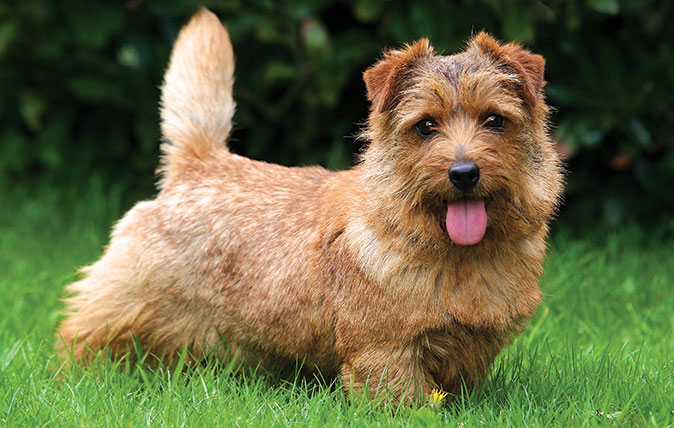

It was all to do with the ears. Farmers and field sportsmen in East Anglia had long kept bouncy little brown dogs for ratting without worrying a jot about the shape of their ears, but, when dog shows resumed after the Second World War, a redoubtable lady was determined to champion the Norfolk terrier we know today.
Marion Macfie campaigned for the Kennel Club to recognise her favoured drop-eared version of the foxier-faced Norwich terrier – at the time, devotees were divided into two definite camps and things could get acrimonious when the down-turned-ear types were overlooked in the show ring. Thus this charming addition to the canine gallery was born.
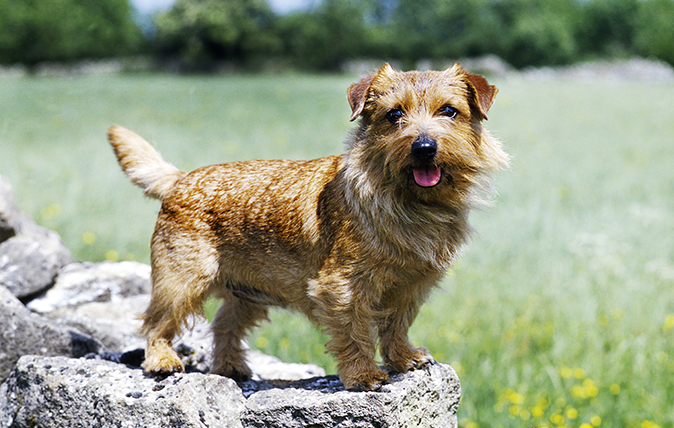
As a result of Miss Macfie’s efforts, the Norfolk, the smallest and one of the most delightful of the UK’s myriad terrier breeds, with its appealing head, chunky, wriggling body, jaunty, quivering tail and attractive, wiry rust or black-and-tan coat, became official in 1964.
The Norwich Terrier Club held an emergency meeting and a new breeders’ club was formed with Miss Macfie as president. Ever since, the Norfolk has been winning the hearts of owners who love their compact, sporting little dogs.
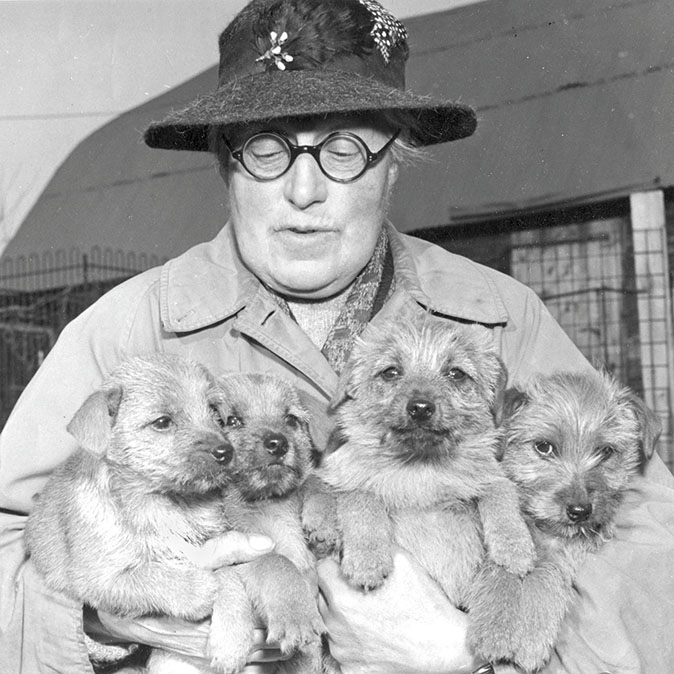
‘They’re like peanuts – once you’ve had one, you can’t stop,’ says Gail Simpson, secretary of the Norfolk Terrier Club of Great Britain and the owner of father and daughter Brewster and Riva. ‘Norfolks were my first breed of dog 20 years ago, and I don’t think I’ll ever change. They’re small and portable so you can take them anywhere and yet robust enough for an eight-mile walk.’
Linda Cooper, who acts as the club’s rescue and rehoming co-ordinator, has kept them for 12 years, buying her first one as a birthday present for her husband. ‘He tells me I’m awful because I always say firmly to potential owners: “You must remember that these lovely little teddy bears are terriers.”
‘The biggest problem with Norfolks is when their owners treat them like babies. Then, they become protective and will go for people, but the moment they’re in the right home, they’re fine.’
Exquisite houses, the beauty of Nature, and how to get the most from your life, straight to your inbox.
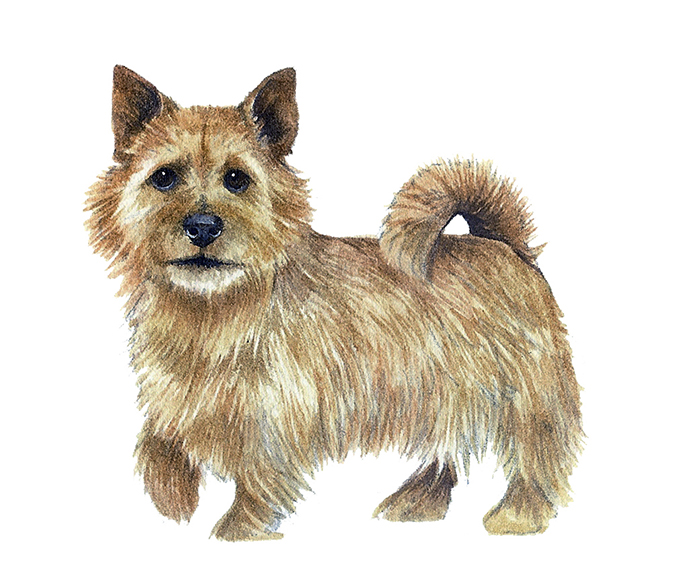
As with most terrier breeds – borders, Jack Russells and cairns among them – topography and the interests of hunting men have been major influences. Norfolk, being an arable county criss-crossed by endless ditches, is rat territory and controlling the rodent population in stable yards, barns and grain stores was this terrier’s speciality.
The Norfolk’s roots are reputed to lie with the Cambridge undergraduates who bought some black-and-tan terriers from a 19th-century dealer called Charles ‘Doggy’ Lawrence in order to rid the colleges of a rat infestation. The dogs became known as ‘Cantab’ or ‘Trumpington’ terriers (after the Cambridge street on which many students lived) and were thought to contain a mix of Irish and Yorkshire terrier blood.
One of the most important sires in the Norwich/Norfolk story is Rags, a shaggy, red-coated dog and a brilliant worker given by Lawrence to Jack Cooke, master of the Norwich Staghounds. Cooke’s whipper-in, Frank Jones, used Staffordshire bull terrier and Bedlington lines to give his dogs added ‘drive’ – killer instinct, in other words. He exported several puppies to the USA, where they were known as ‘Jones’ terriers.
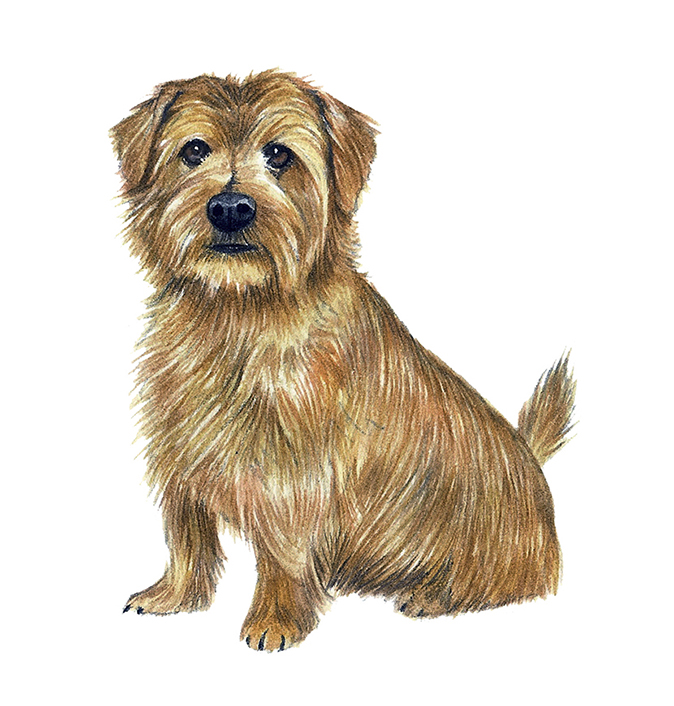
Nowadays, the Norfolk is more keenly sought after as a pet, with puppies selling for about £1,000 – Sir Jackie Stewart, Lady Victoria Hervey and Princess Beatrice are fans and Lord Stafford takes his grouse shooting. There’s usually a waiting list as Norfolks don’t have large litters and can only be bred from in moderation. In sad contrast, the Norwich has been placed on the Kennel Club’s Vulnerable Breeds list, with fewer than 100 puppies registered annually.
‘It’s only rarely that I get an actual rescue Norfolk to rehome – mostly, they’re dogs that have belonged to elderly people who have died or gone into hospital,’ explains Mrs Cooper. ‘They’re easy dogs to live with, cheeky, fun and stalwart – we know one that walks miles with the ramblers. They’re great characters, they’re healthy and, above all, they love to be with you.’
The annual Norfolk terrier fun day is on August 25 at Baginton Village Hall, near Coventry, Warwickshire (0116–288 2881; www.norfolkterrierclub.co.uk)
Five reasons to have a Norfolk
- They’re great fun and can’t help but cheer you up
- They’re intelligent and trainable, albeit selectively deaf when something more interesting is happening
- They’re proper country dogs that enjoy and need proper exercise – or they will become tubby
- Their coats don’t shed, but they will need grooming as well as hand-stripping twice a year
- They’re extremely talented ratters
Five caveats about Norfolks
- Their cuteness makes them hard to discipline, but discipline them you must
- Their bark is ear-shattering and, if not curbed early on, will drive you mad
- They’re great escapologists (their colour is a good camouflage) and diggers of flowerbeds
- They’re not city dogs, despite their neat appearance and small size, and have little road sense
- They’re not to be trusted with rabbits, guinea pigs or chickens and don’t suffer cats gladly
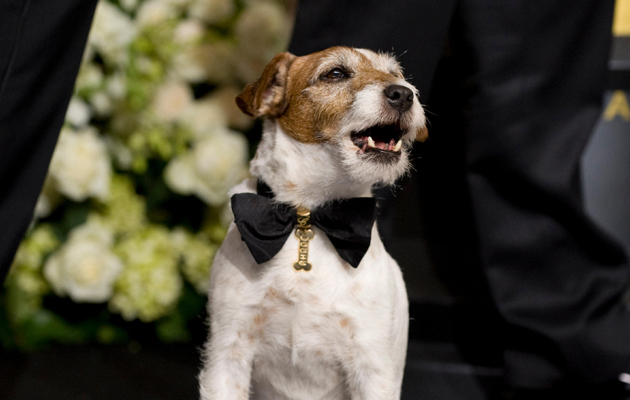
8 famous Jack Russell terriers (and their owners)
Top terriers.
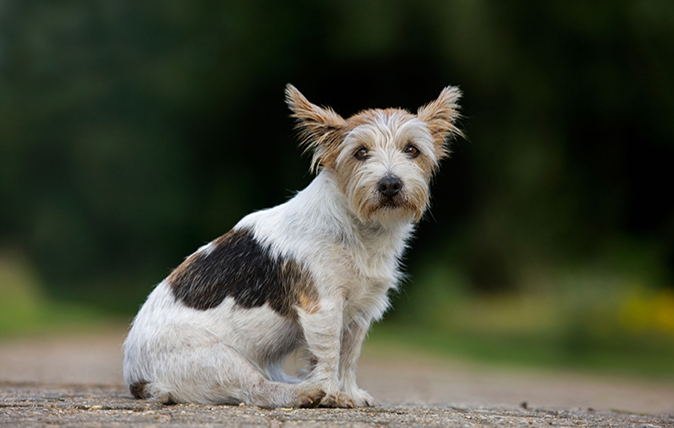
Great Britain's favourite terrier breeds
Kate Green explains how this sporting little dog diversified all over Britain.
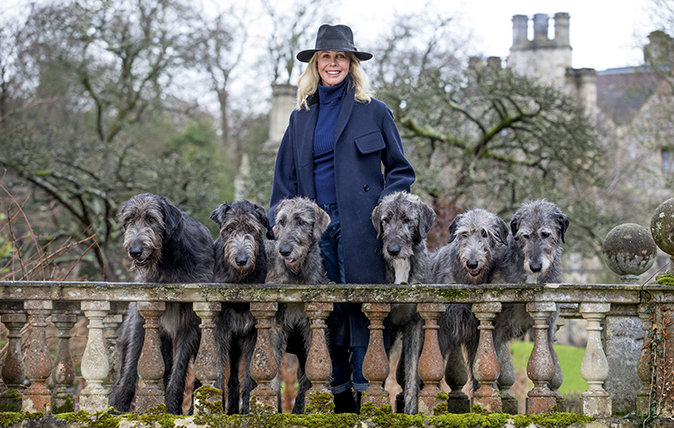
The Irish Wolfhound: Why the archetypal ‘gentle giant’ was a favourite of the aristocracy, John F. Kennedy and now, Trudie Styler
Mythical and magnificent, yet gentle and intensely loyal, the Irish wolfhound can only be described in superlatives, finds Flora Watkins.
Kate is the author of 10 books and has worked as an equestrian reporter at four Olympic Games. She has returned to the area of her birth, west Somerset, to be near her favourite place, Exmoor. She lives with her Jack Russell terrier Checkers.
-
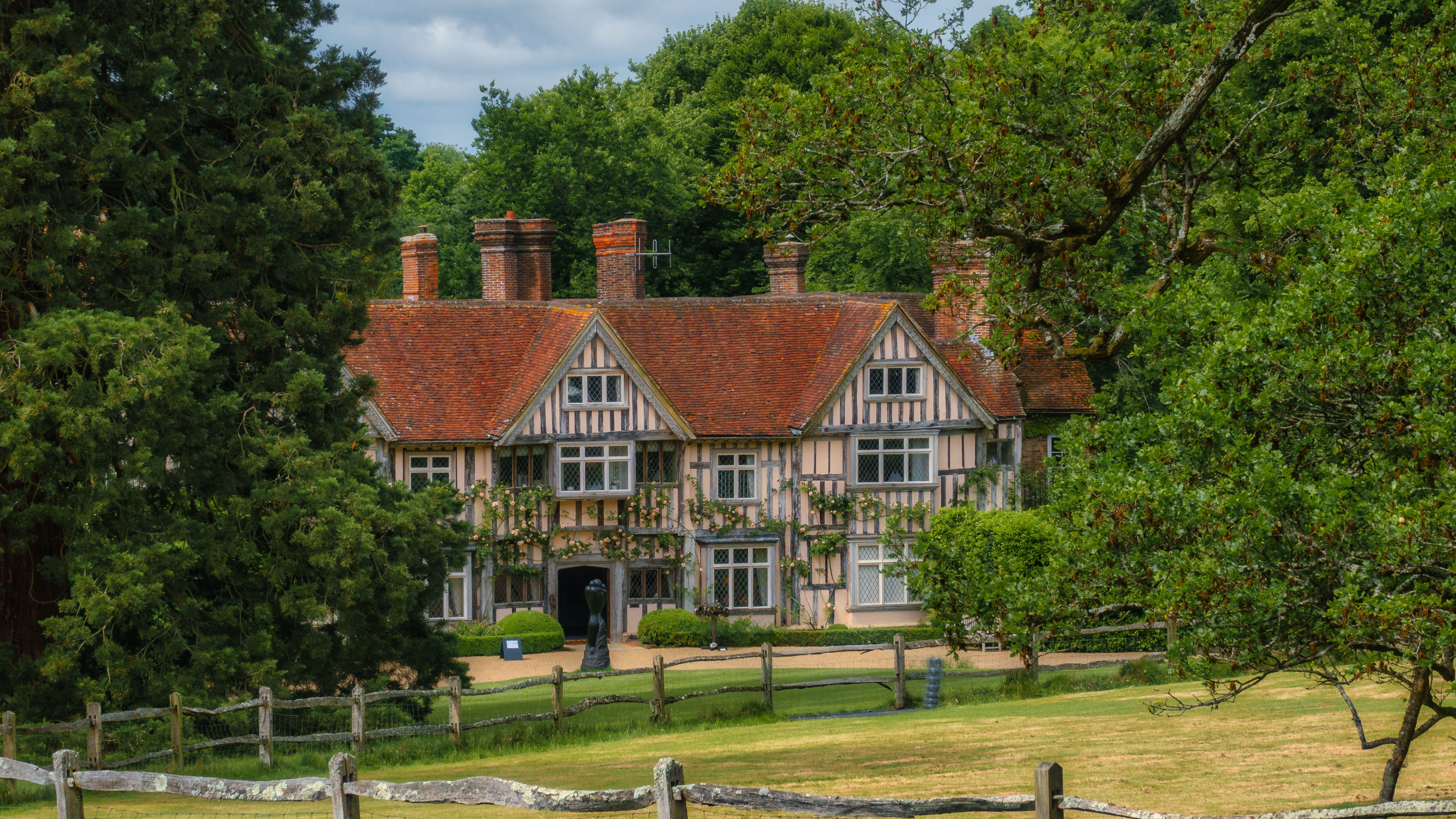 'Good news, let’s make the £20 million deal happen': The Mansion Tax that turned out to be 'the least worst outcome for prime property', and the places that will be hit
'Good news, let’s make the £20 million deal happen': The Mansion Tax that turned out to be 'the least worst outcome for prime property', and the places that will be hitWhere in Britain are the £2 million homes set to be hit by the Mansion Tax? Anna White takes a look.
-
 A very taxing quiz indeed: Country Life Quiz of the Day, November 26, 2025
A very taxing quiz indeed: Country Life Quiz of the Day, November 26, 2025Test your general knowledge in today's Quiz of the Day.
-
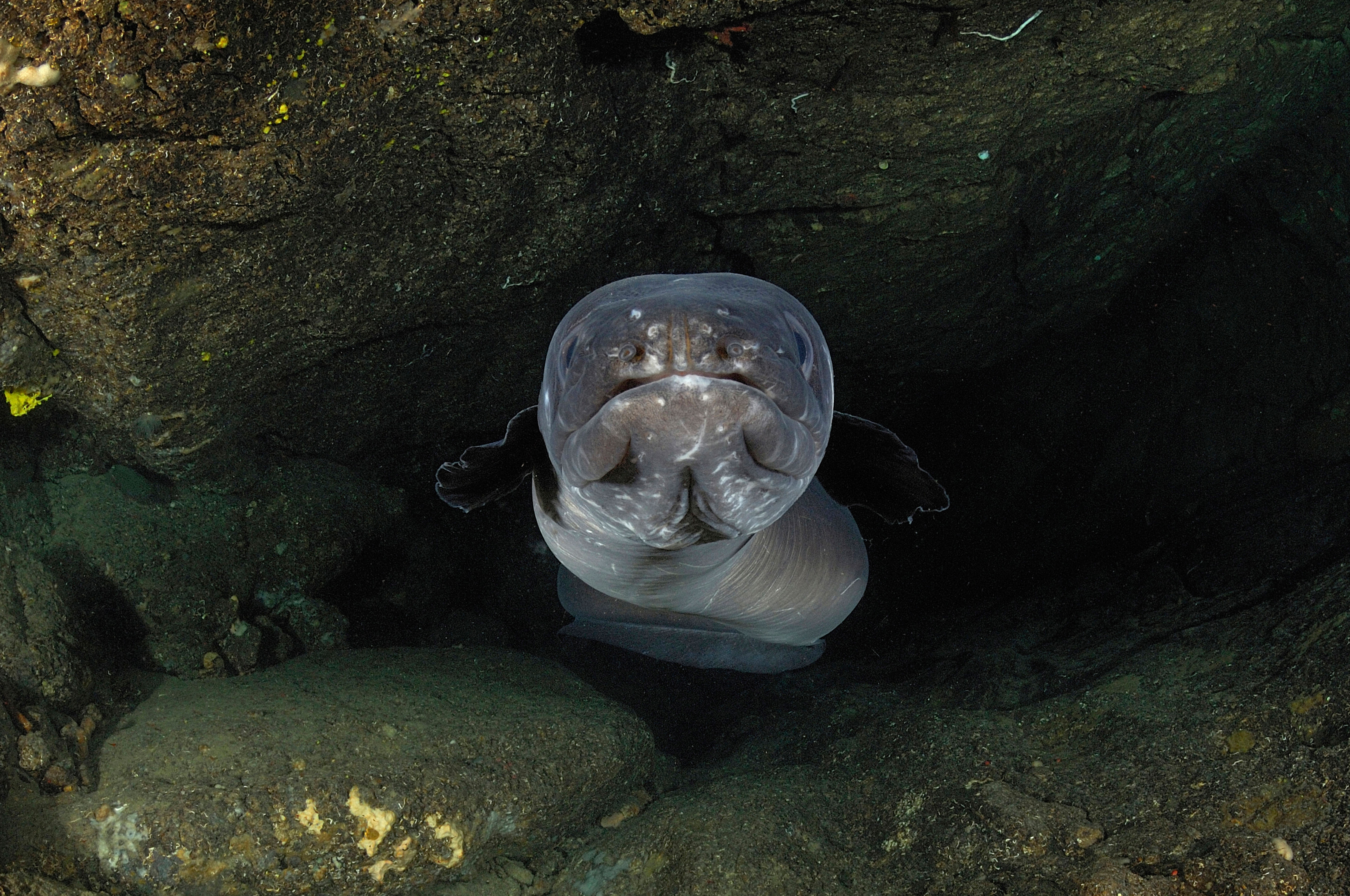 Aristotle believed they emerged spontaneously from mud, Sigmund Freud dissected thousands of them and they can dive lower than a nuclear submarine — but what is the truth about the eel?
Aristotle believed they emerged spontaneously from mud, Sigmund Freud dissected thousands of them and they can dive lower than a nuclear submarine — but what is the truth about the eel?It would seem the European eel has a long way to go to win hearts, Laura Parker says of the slippery animal with an unfortunate image problem.
-
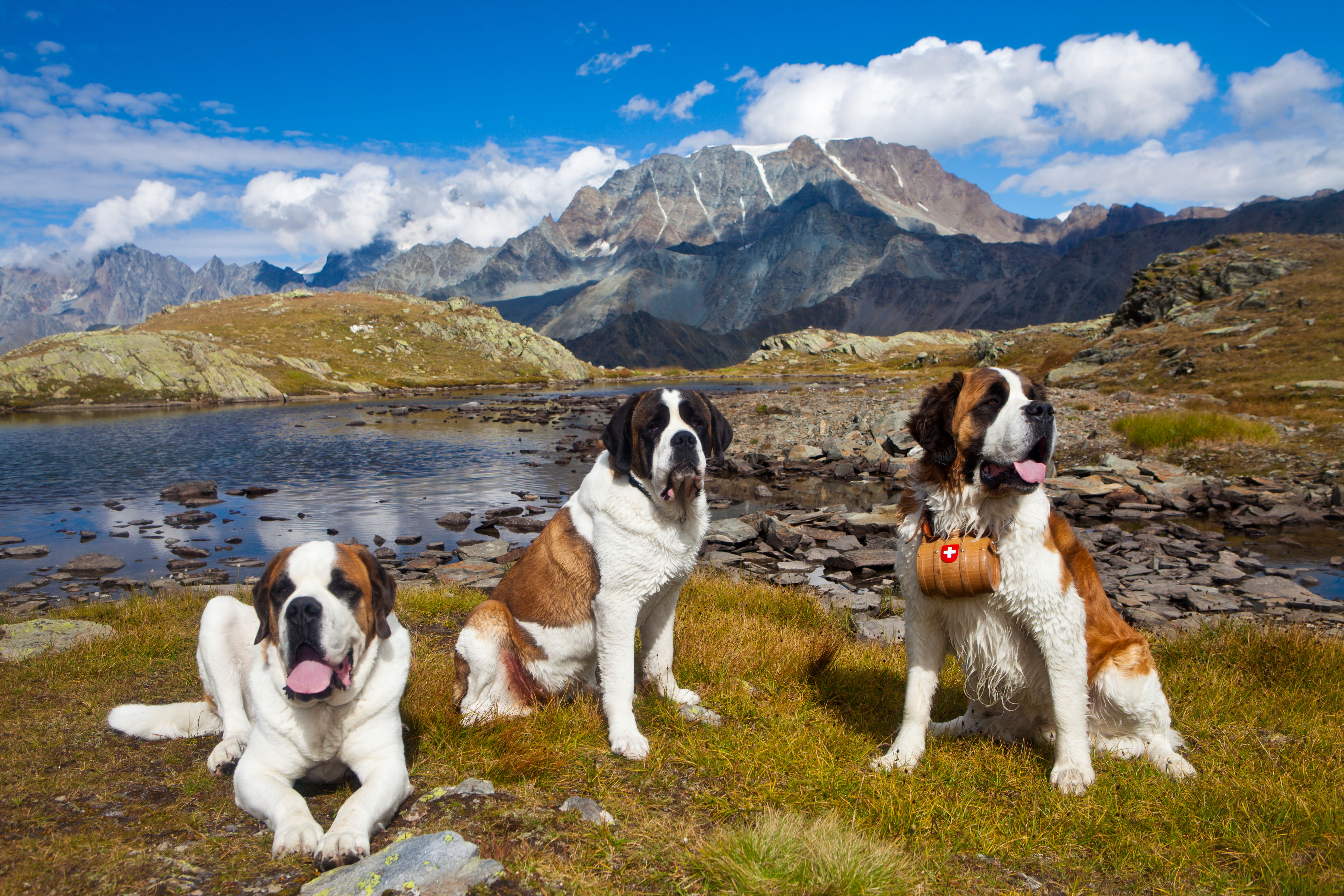 The Alpine rescue dog built for blizzards, bred by monks
The Alpine rescue dog built for blizzards, bred by monksAs snow fell across the UK this week, I found myself day-dreaming of St Bernards striding through the Alps — a snow-day dog worth celebrating.
-
 Better than Ozempic? 50 years of the Brompton bicycle
Better than Ozempic? 50 years of the Brompton bicycleOwen Wilson, James May and most of the middle-aged men and condescending hipsters you know love them. As the iconic folding bike turns 50 Lotte Brundle hops on one with the company's CEO.
-
 No more froths, no more foams, no more tweezers. Classic dining is making a comeback. Thank god
No more froths, no more foams, no more tweezers. Classic dining is making a comeback. Thank godFrom prawn cocktail and Arctic roll to starched tablecloths and ‘nicotine cream’ on the walls, it’s out with the new and in with the old in the restaurant world
-
 'It is hard to beat the excitement of watching a peregrine you have trained stoop from 1,000ft, going more than 100mph' — the complicated world of falconry
'It is hard to beat the excitement of watching a peregrine you have trained stoop from 1,000ft, going more than 100mph' — the complicated world of falconryA combination of spellbinding sport and profound empathetic connection, falconry–a partnership in which the bird maintains the upper hand–offers a window into ‘the deeper magic’.
-
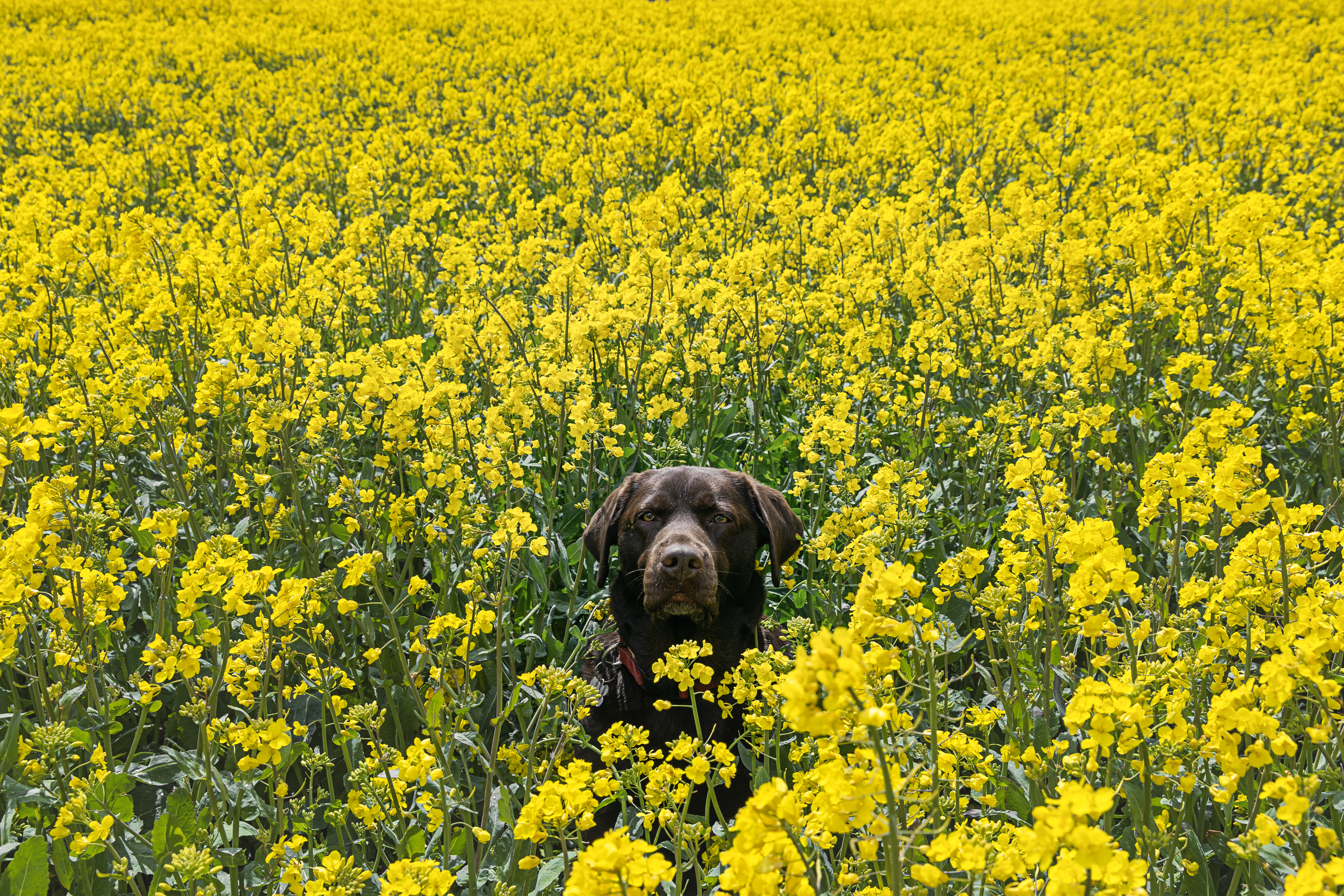 What is everyone talking about this week: More than half the country owns a pet and nearly half our marriages end in divorce — no wonder pet-nups are on the rise
What is everyone talking about this week: More than half the country owns a pet and nearly half our marriages end in divorce — no wonder pet-nups are on the risePet-nups, a formal agreement between couples over what should happen to their pets in the event of a split, are on the rise.
-
 How fashions finest would dress an Airedale, Dalmatian, corgi and more if only they had the chance
How fashions finest would dress an Airedale, Dalmatian, corgi and more if only they had the chanceWe’ve matched some much-loved breeds to the designers that share their history, temperament and vibe — because why not. Illustrations by Tug Rice.
-
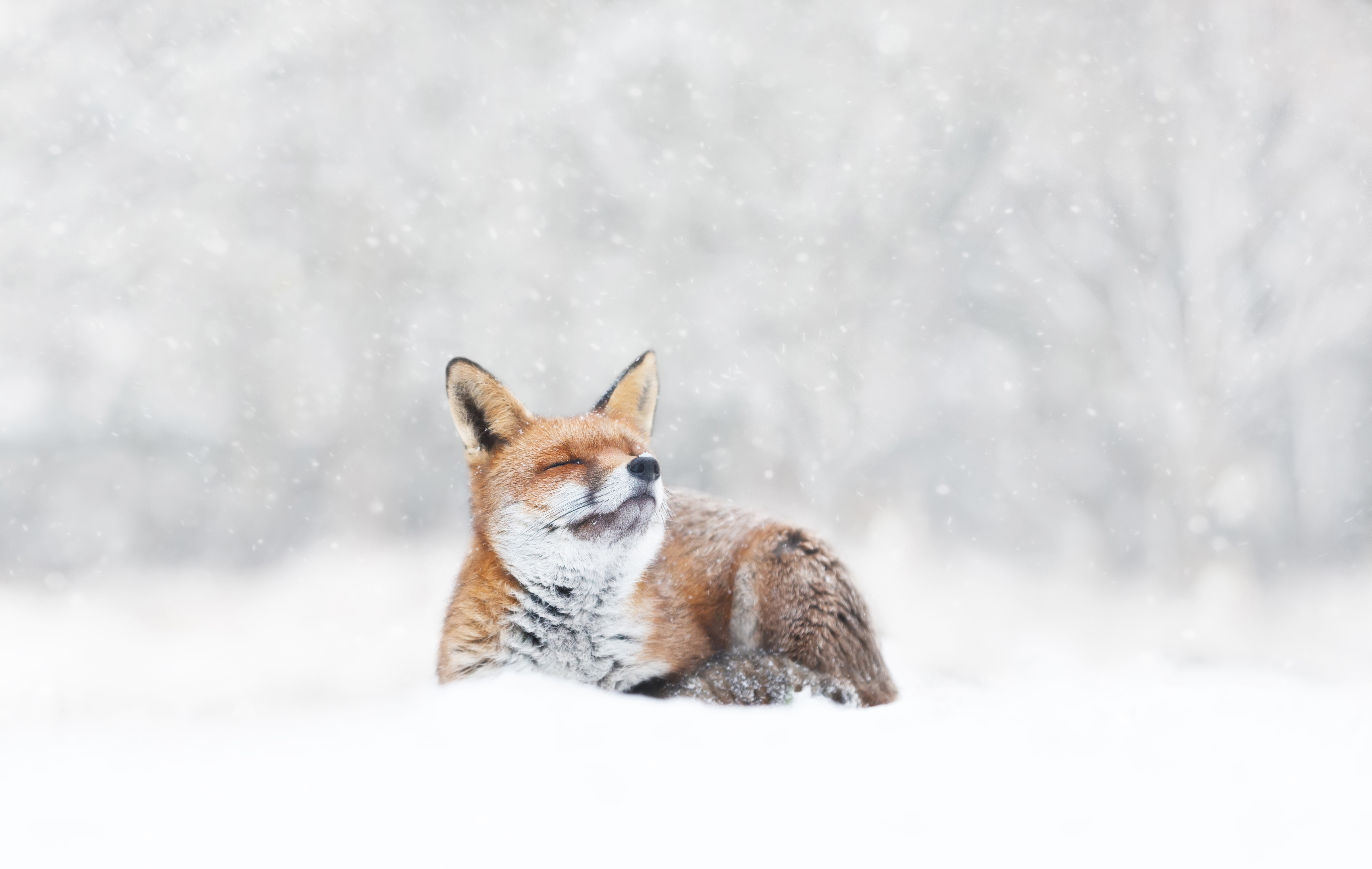 Baby, it’s cold outside (even if you have a natural fur coat): How our animals brave the winter chill
Baby, it’s cold outside (even if you have a natural fur coat): How our animals brave the winter chillWhen the temperature drops, how do Britain’s birds, beasts and plants keep the cold at bay? John Lewis-Stempel reveals Nature’s own thermals.
